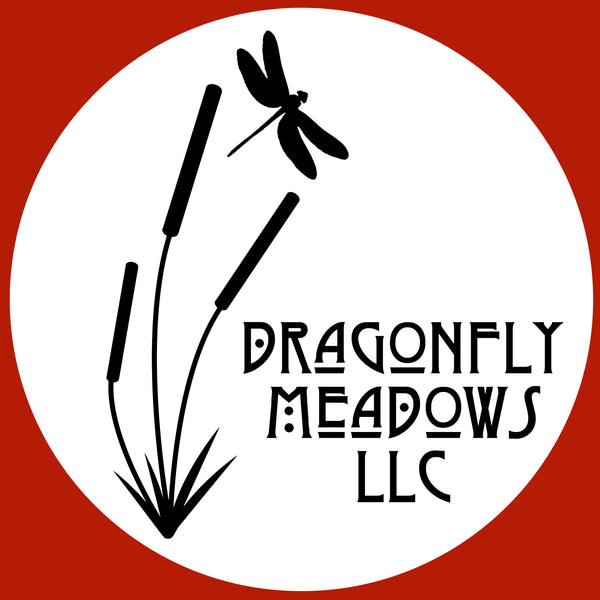Welcome to Dragonfly Meadows
I have a dream of a meadow with a brook at the edge, my father fishing, dragonflies humming, all the dogs of my life playing, and my family together. That's the inspiration for the name. Reading about not only the furniture and designs of the Arts and Crafts movement, but the philosophy...that's the inspiration for the furniture, even the modern styles. Beauty without excess, allowing the wood to show through, useful, simple, yet extraordinary. I hope you'll enjoy looking at, touching, and using our products as much as I enjoy making them.
Matthew Bird, an outstanding teacher at the Rhode Island School of Design, shared this philosophical thought of the Shakers:
Do not make something unless it is both necessary and useful; but if it is both, do not hesitate to make it beautiful.
I hope that philosophy successfully guides my hand.















